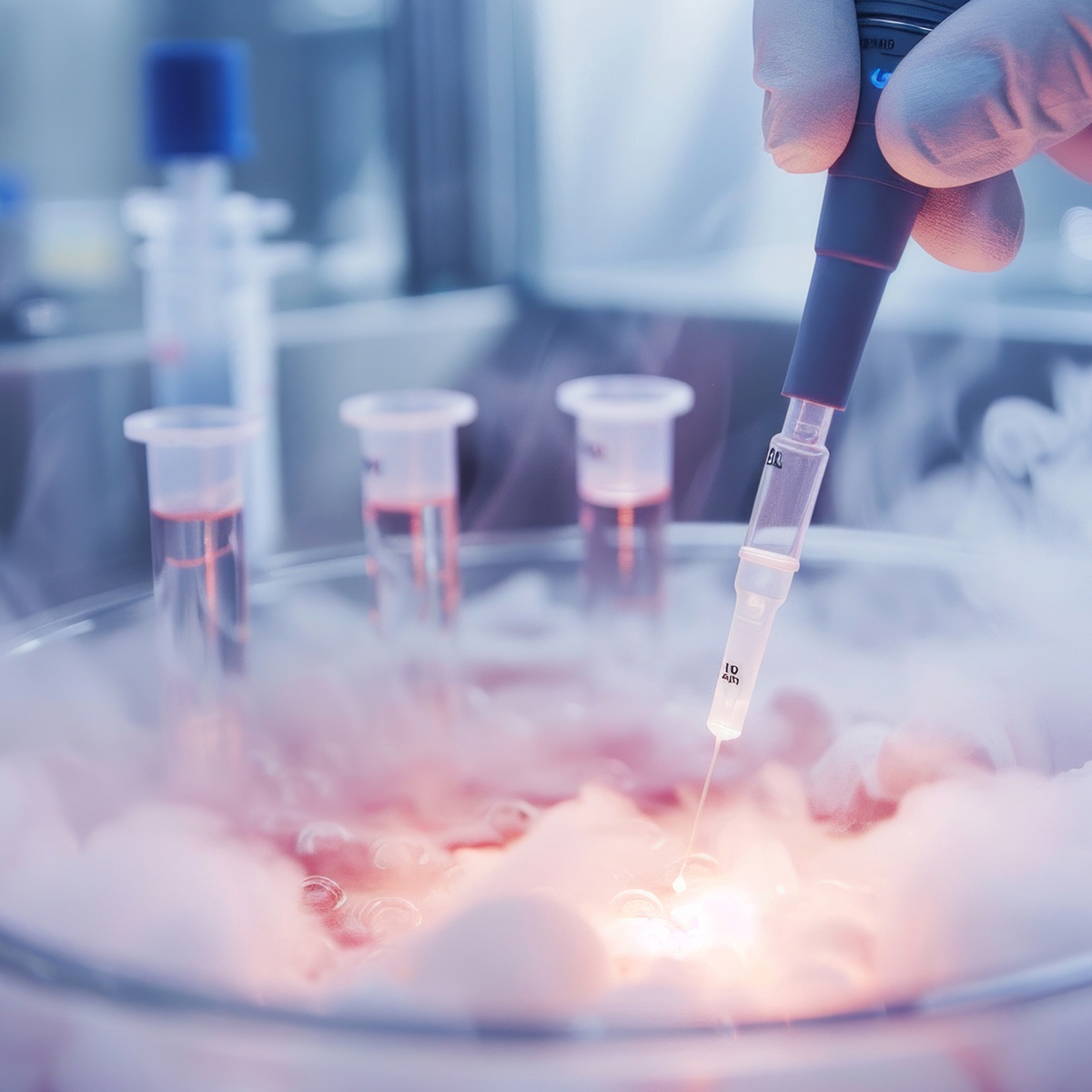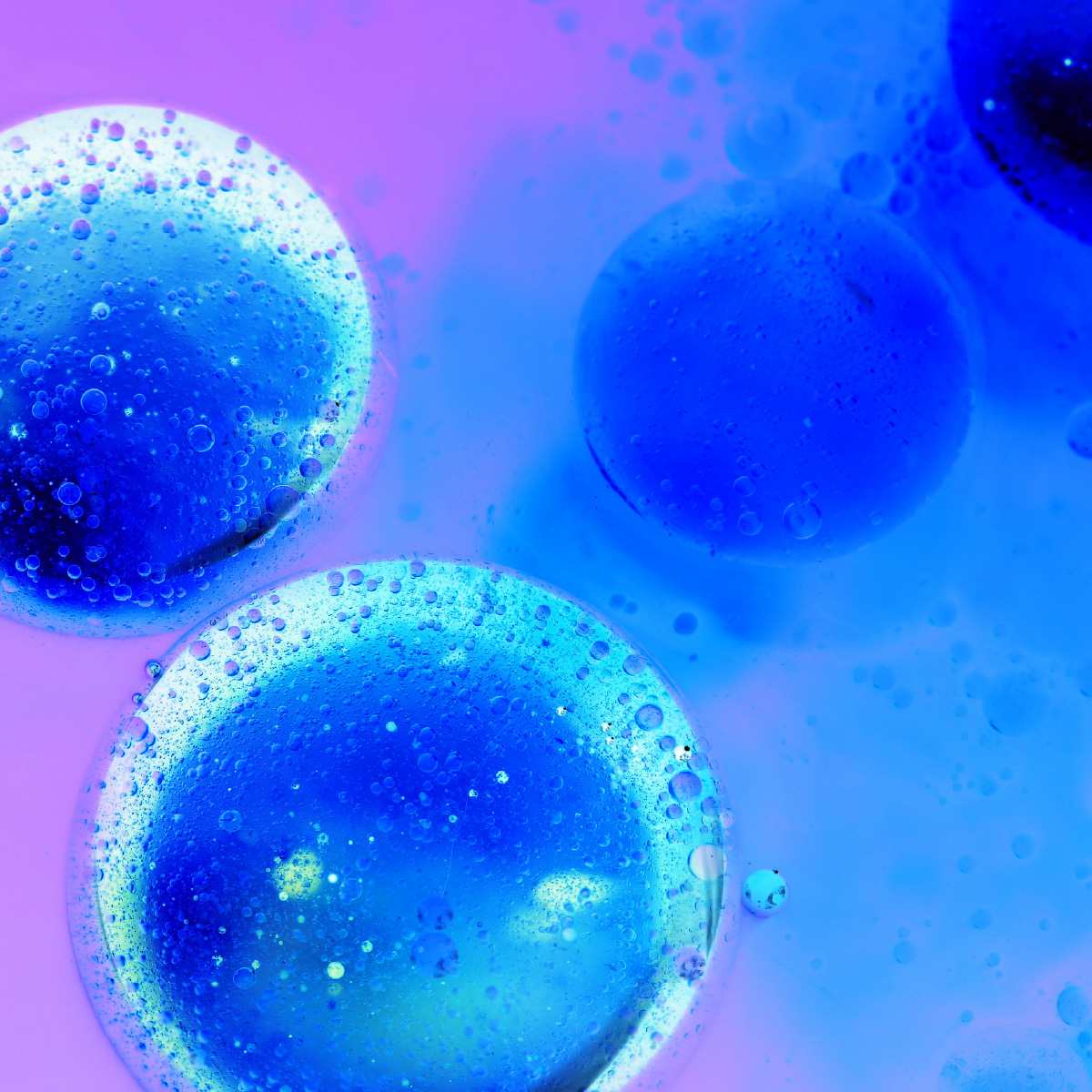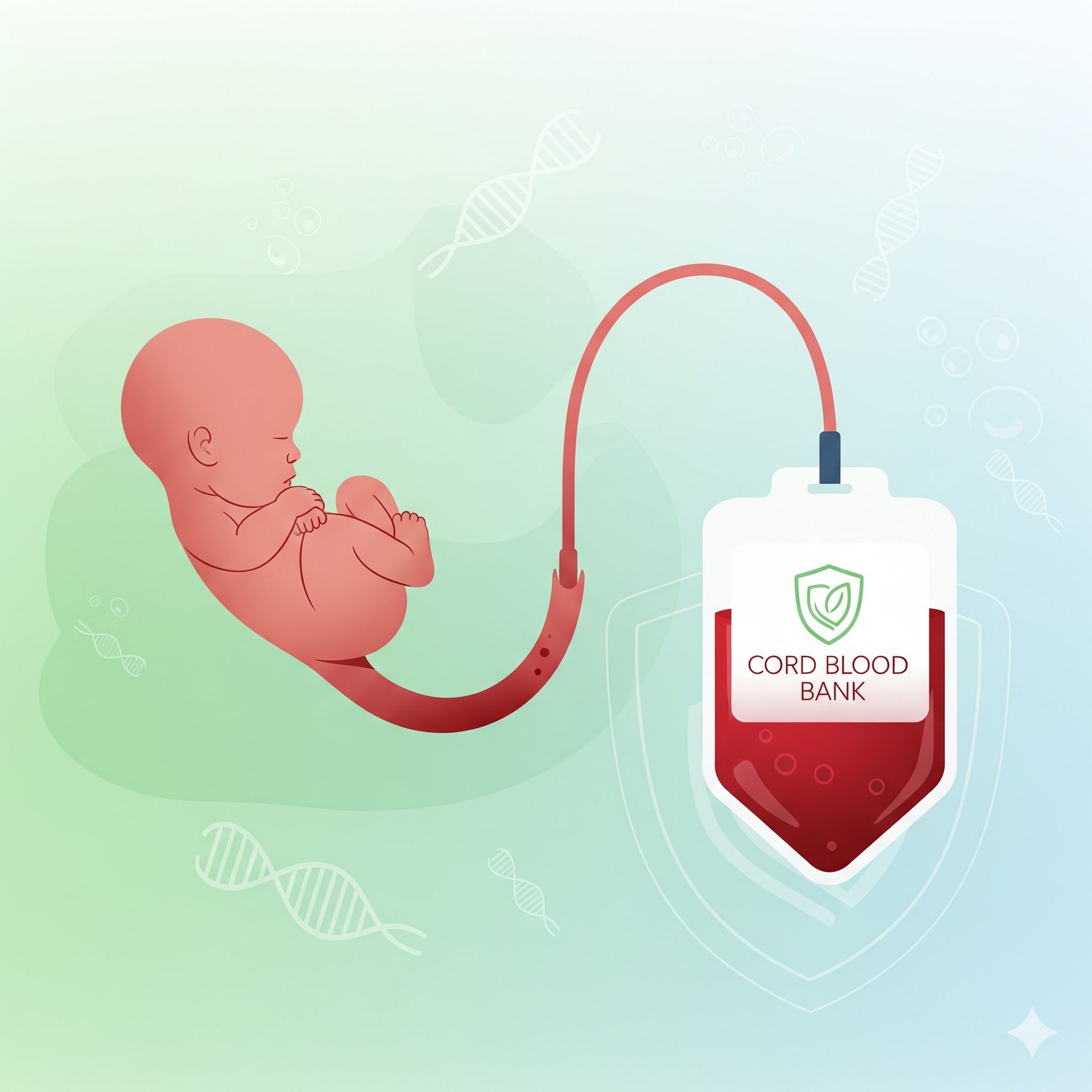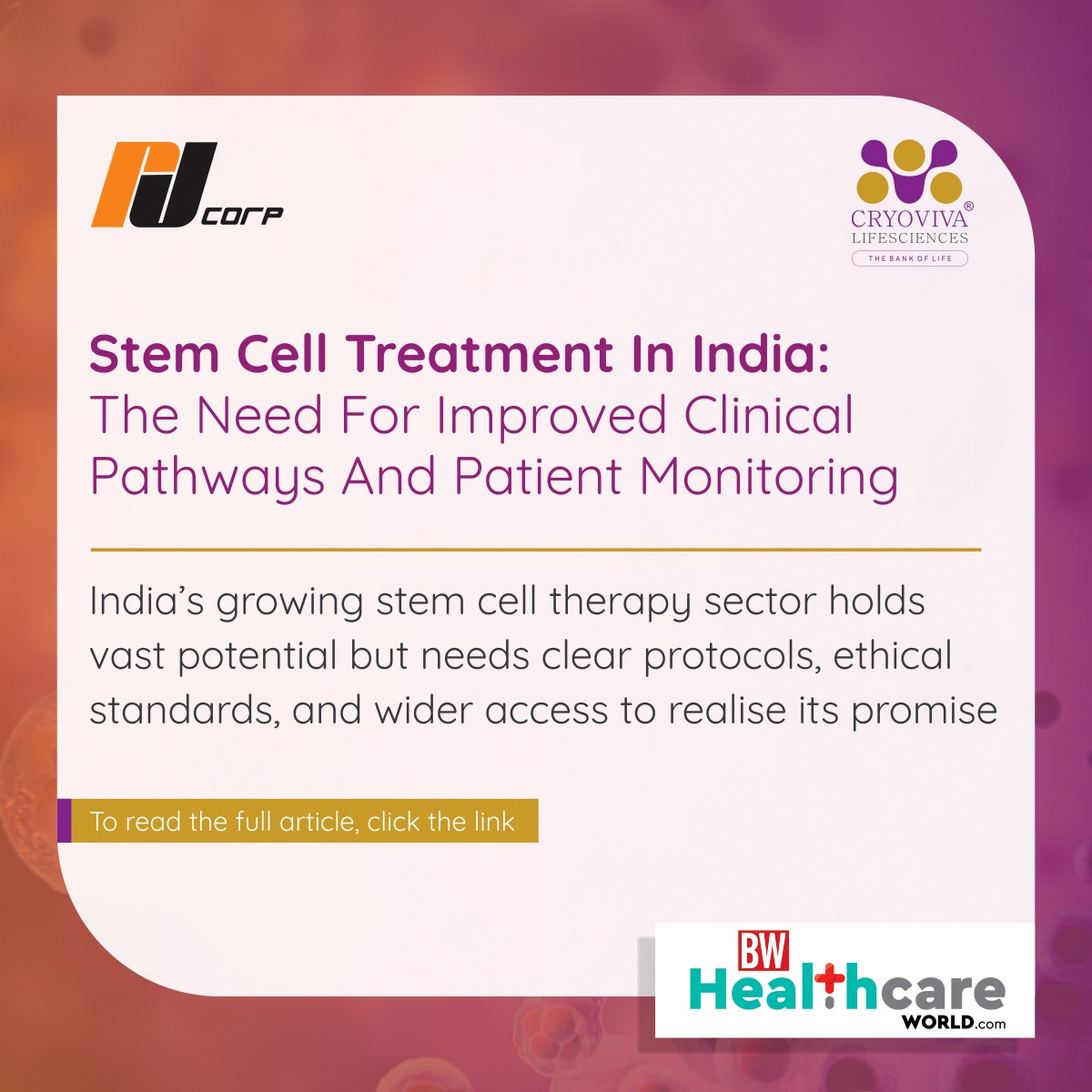Cryopreservation of Human tissues & umbilical cord & cord blood
.jpg)
Introduction:
Storing of biological products has been practiced since Biological product cryopreservation, in its practical application, began taking shape in the early 20th century, with significant milestones achieved in the 1940s. A key breakthrough was the discovery of cryoprotective agents like glycerol, which helped prevent damage during freezing.
By 1967, the first human being, James Bedford, was cryogenically preserved using liquid nitrogen containers at -196°C.
There are multiple advantages of Cryopreservation of Human tissues.
The ability to store biological materials for extended periods while maintaining their viability for later use. This technique is crucial for various applications like fertility preservation, tissue banking, Storage of Umbilical cord blood & tissue derived stem cells for treatment for multiple conditions, Isolation of DNA & RNA for identification of disorders and multiple options for further research, sperm and Ova banking etc. It also allows for the long-term storage of disease-free samples and facilitates easier transportation of biological materials.
However Long term storage of Biological materials calls for a well-defined procedure, intensive and critical evaluation & extensive monitoring. A minor fluctuation of temperature can lead to the entire product/ sample getting destroyed.
Freezing techniques
Freezing techniques vary in terms of speed and application of the frozen products. Based on the utility the sameple are stored below -40⁰ to -196⁰. They can also be broadly categorized into slow freezing, fast freezing, and cryogenic freezing. Slow freezing, common in home freezers, creates larger ice crystals and can affect food texture. Fast freezing, like blast freezing, aims to minimize ice crystal formation for better quality. Cryogenic freezing utilizes extremely low temperatures, often with liquid nitrogen, for very rapid freezing.
Freezing techniques for biological products aim to preserve them by slowing down or halting biological and chemical activity, minimizing damage from ice crystal formation, and maintaining viability during storage and transport. Common methods include controlled freezing, cryogenic freezing, vitrification, and freeze-drying (lyophilization).
Cryopreservation involves freezing the cells, tissues, and any other biological materials at very low temperatures. The most common approach used in research labs is to freeze samples at –80 °C using solid CO2 or − 196 °C using liquid nitrogen vapour.
For long term Cryo preservation with Liquid Nitrogen the following steps are to be considered
- Selection of Space- Ideally the place where Cryo preservation facility is build should be away from residential area & it should have broad road so that fire engines can easily enter.
- Cryo preservation facility has to be on the ground floor, with emergency exit clearly defined.
- The facility should be adequately ventilated & should have multiple oxygen monitors placed at critical areas.
- Freezing Bag:
For the storage of biological sample particularly Umbilical cord blood stem cells, is one of the critical component. The Freezing Bags are designed, produced and verified for a single cycle of freezing, cryogenic storage (down to -196°C) and thawing (at +37°C) of biological products. Each freezing bag is supplied with an overwrap bag, a set of integrated filling assembly and various of connection ports. The freezing bag main body and its overwrap bag are made of EVA, which has been proved to be durable for long term cryogenic preservation in liquid nitrogen. Various sizes with different nominal volumes are available: 25ml, 50ml, 250ml, 500ml & 750ml. Recommended filling volume from 5ml to 190ml. For cryo preservation of Cord blood derived stem cells 25ml pouch is generally used.
- Cryoprotectant Addition:
Cells or tissues are exposed to cryoprotective agents (CPAs) like DMSO, glycerol. There are few more cryo protectants available, however DMSO is the one which is widely used specially while storing umbilical cord blood stem cells. These agents help prevent the formation of damaging ice crystals during freezing.
- Controlled rate cooling:
The samples are cooled at a controlled rate by using a machine known as Controlled rate freezer. Slow freezing is used for dispersed single cells, while vitrification is used for more complex samples.
- Storage
Once cooled, the samples are transferred to large cryo tanks for long term storage.In case of Cord blood derived stem cells, these samples are stored in quarantine tanks, because maternal blood testing results takes 7-15 days to come. Once the maternal blood report is received & is found suitable for long term storage then the units are relocated to the permanent tanks.
Cryopreservation Methods:
- Slow Freezing:
Involves gradually decreasing the temperature to prevent rapid ice formation. This method is suitable for dispersed single cells and requires relatively low concentrations of CPAs.
- Vitrification:
Involves rapid cooling to extremely low temperatures, causing the solution to solidify into a glass-like state, thus preventing ice crystal formation. Vitrification requires higher concentrations of CPAs and is often used for complex samples like embryos.
Factors Affecting Cryopreservation Success:
- Cryogenic tanks:
Cryogenic storage tanks are specialized containers designed for storing gases at extremely low temperatures, typically below -150°C (-238°F). These tanks are double-walled, vacuum-insulated vessels, often with multilayer or perlite insulation, and are used for storing and transporting liquefied gases like LNG, liquid hydrogen, and liquid oxygen. Key specifications include capacity, design pressure, temperature range, insulation type, and materials of construction.Size of these tanks vary based on the consumption of liquid nitrogen. These tanks cannot be just installed at wish. As liquid nitrogen is highly inflammable, so before installing the same, proper license needs to be acquired from regulatory authority. Only after proper inspection, the permission is received for installation.
Cryogenic liquids storage vessels have three basic components:
1. Inner Pressure Vessel
A vessel usually made of stainless steel or other materials that have favorable strength characteristics when exposed to cryogenic temperatures.
2. Outer Vessel
A vessel made of carbon steel or stainless steel. Under normal operating conditions, this vessel retains the insulation around the inner pressure vessel, and can also maintain a vacuum around the inner vessel. Typically, the outer vessel is not exposed to cryogenic temperatures.
3. Insulation
The space between the inner and outer vessel, containing several inches of insulating material maintained in a vacuum. The vacuum and insulating material help to reduce heat transfer and thereby reduce the boil-off of the liquid oxygen, liquid nitrogen or liquid argon stored within the vessel.
- Cryogenic tanks for storing samples
Apart from the storage tank which stores liquid nitrogen, another type of tanks are required where the biological samples are stored, which are also specialized & should be able to sustain for 21 years or beyond. However the depreciation of these tanks vary based on their make, size and thickness.
Cryogenic Containers are filled with Liquid nitrogen, these are specialized containers designed to handle the extreme low temperatures. These containers, are vacuum-insulated and have double-walled construction to minimize heat transfer and maintain the low temperature. They are typically made of materials such as stainless steel or aluminum.
- Monitoring:
Continuous monitoring of liquid nitrogen levels and storage container integrity is important to ensure the stability and safety of the stored samples. Monitoring systems, such as level sensors or alarms, are deployed to alert personnel to any deviations or issues.
- Stability Testing:
For ensuring a long-term stability and reliability of the entire process, umbilical cord blood stem cell banks practice an annual stability testing on validation samples. These donated samples are collected, processed and stored as per the standard protocols. Each year one of these samples are retrieved, thawed and checked for viability and functionality, these samples are also tested for sterility as well. Functionality of cord blood stem cells is validated by performing a specialized test called “Colony forming unit” test.
References:
- www.haiermedical.com
- Anurag N Jaiswal, Anjali Vagga 16 Nov 2022. Cureus 2022 Nov 16;14(11):e31564. doi: 10.7759/cureus.31564
- Kshitij Ambadas Jungare, R. Radha, D. Sreekanth, Cryopreservation of biological samples – A short review,Materials Today: Proceedings,Volume 51, Part 3, 2022
- www.antechscientific.com
- www.lindedirect.com











 Enquiry
Enquiry
 Email
Email Phone
Phone
 Whatsapp
Whatsapp